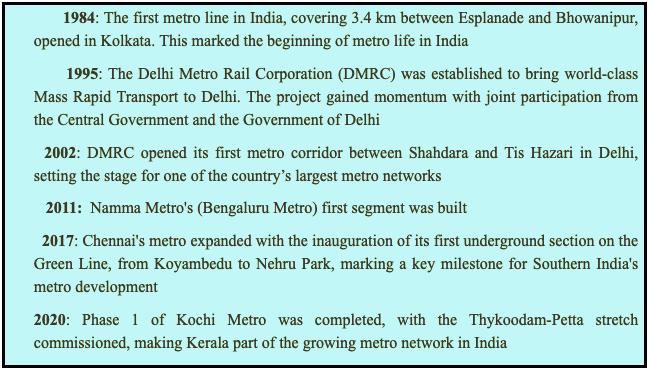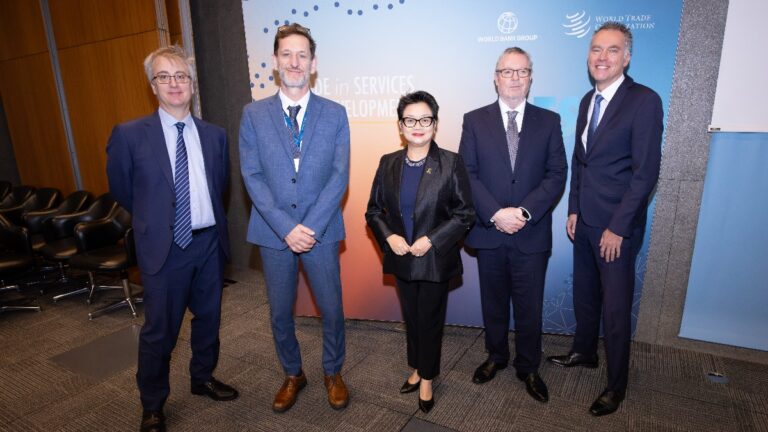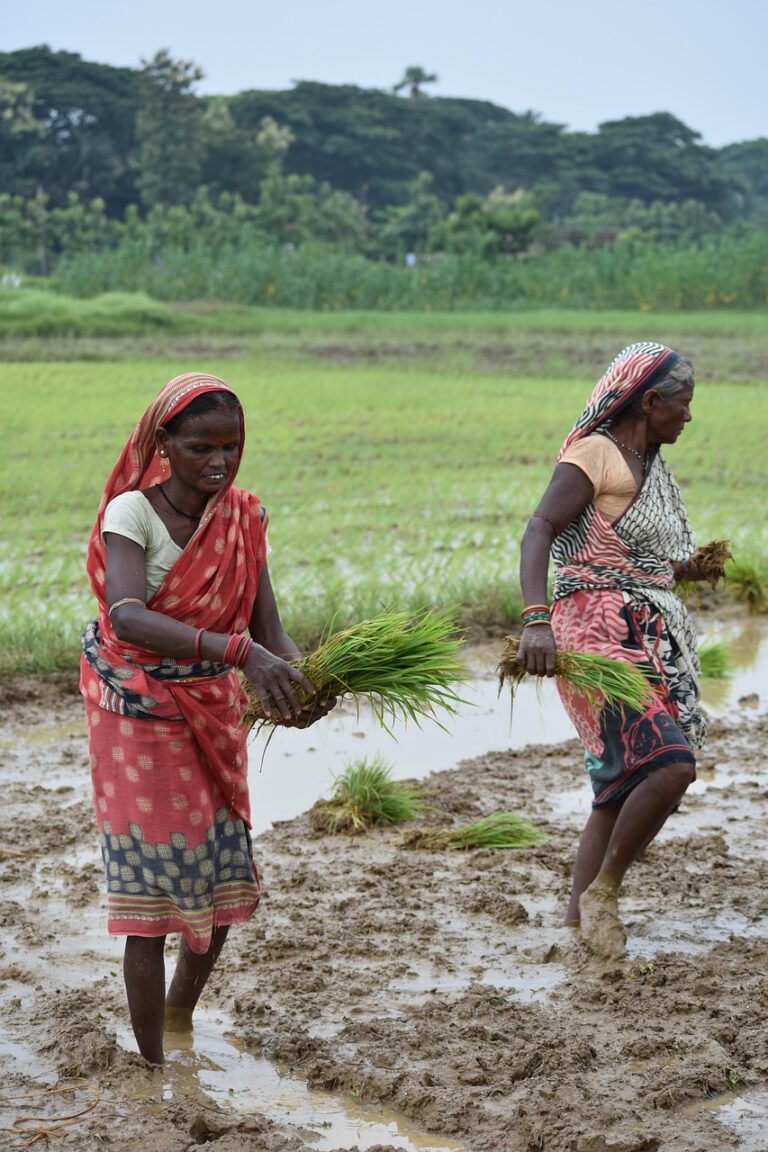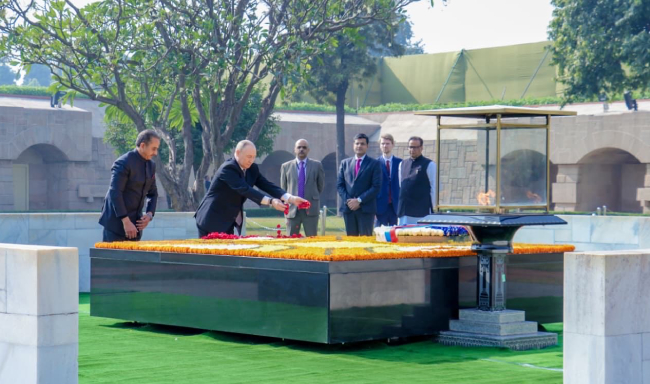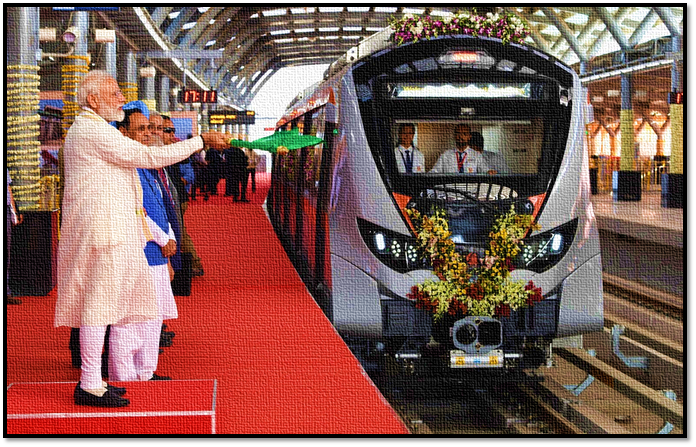
New Delhi: On January 5, 2025, India’s metro network took a giant leap when Prime Minister Narendra Modi launched a 2.8 km stretch of Delhi Metro Phase-IV, benefiting West Delhi, and laid the foundation for the 26.5 km Rithala-Kundli section, further strengthening the metro connectivity between Delhi and Haryana.
These projects represent a major milestone in transportation, as metro systems now cover over 1,000 km across 11 states and 23 cities and serve over 1 crore passengers daily in India. With this growth, India has become home to the world’s third-largest operational Metro network length and is on track to become the second-largest network. India surpassed Japan in Metro Rail Projects in 2022.
“Today marks another significant milestone in India’s modern infrastructure journey,” Modi remarked and lauded the achievement of India’s metro network, which reached 1,000 kilometres today.
Metros are not just a way to get around—they are changing how we live and move in cities. Today, they offer quick, easy, and affordable travel. The corridors and lanes of metro systems have reshaped urban travel in India with a journey that began decades ago.
The metro system was launched through the Metropolitan Transport Project in 1969. India’s metro systems have since, come a long way.
Milestones in the history of the metro in India
From the first steps in Kolkata to the advanced technological features seen today, there is increasing international interest in India’s expertise in metro rail systems. The Delhi Metro Rail Corporation (DMRC) is presently overseeing the implementation of a metro system in Bangladesh and has offered consultancy services in Jakarta, Indonesia. Countries such as Israel, Saudi Arabia (Riyadh), Kenya and El Salvador are also exploring collaborations with DMRC for metro development projects.
With projects expanding across cities and innovations like driverless trains and under-river tunnels, the metro network now reshapes travelling and contributes to sustainable urban development.
Approval of three metro rail projects:
Bengaluru Metro Project: 44 km expansion comprising two corridors.
Thane Metro Project: 29 km network aimed at reducing congestion on the Thane roads.
Pune Metro Project: A 5.5 km route to further improve urban mobility in the city.
As the network grows, it sets new standards for urban mobility and paves the way for a more connected future.
Advancements in metro systems
Metro expansion in India has gone beyond just land-based transport, embracing innovative solutions for the future. From under-river tunnels to driverless trains and water metros, India is setting new standards in modern urban mobility.
Underwater metro: In 2024, Prime Minister Modi inaugurated India’s first underwater metro tunnel in Kolkata where the Esplanade-Howrah Maidan section passes beneath the Hooghly River. This remarkable feat showcased India’s engineering capabilities.
Driverless metro: On December 28, 2020, India launched its first-ever driverless metro service on Delhi metro’s Magenta Line, setting a new benchmark for automation in public transport.
Kochi Water Metro: Kochi, Kerala, became the first city in India to launch a Water Metro Project, connecting 10 islands around the city with electric hybrid boats. This groundbreaking initiative ensured seamless connectivity with the first boat launched in December 2021.
– global bihari bureau


